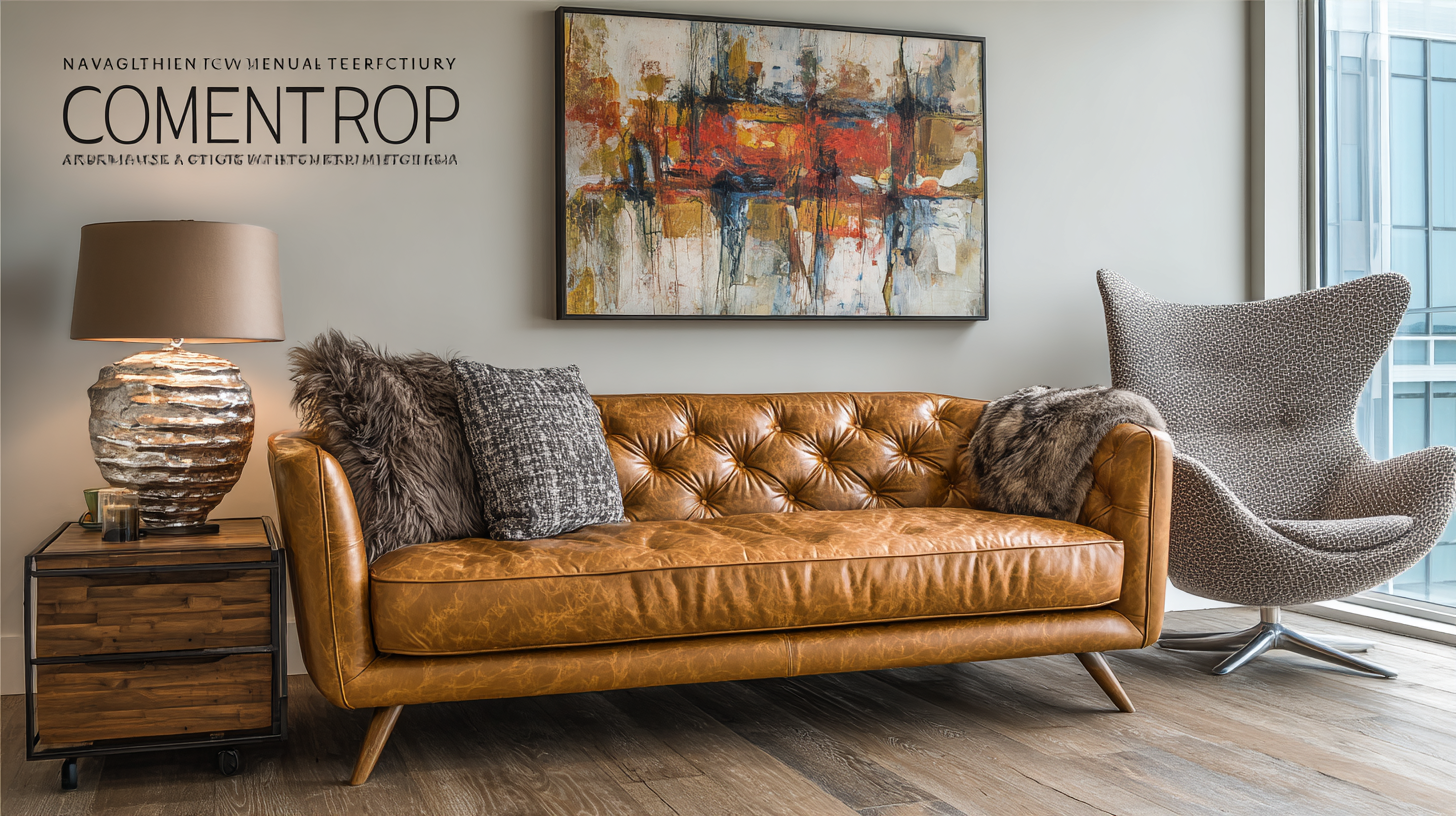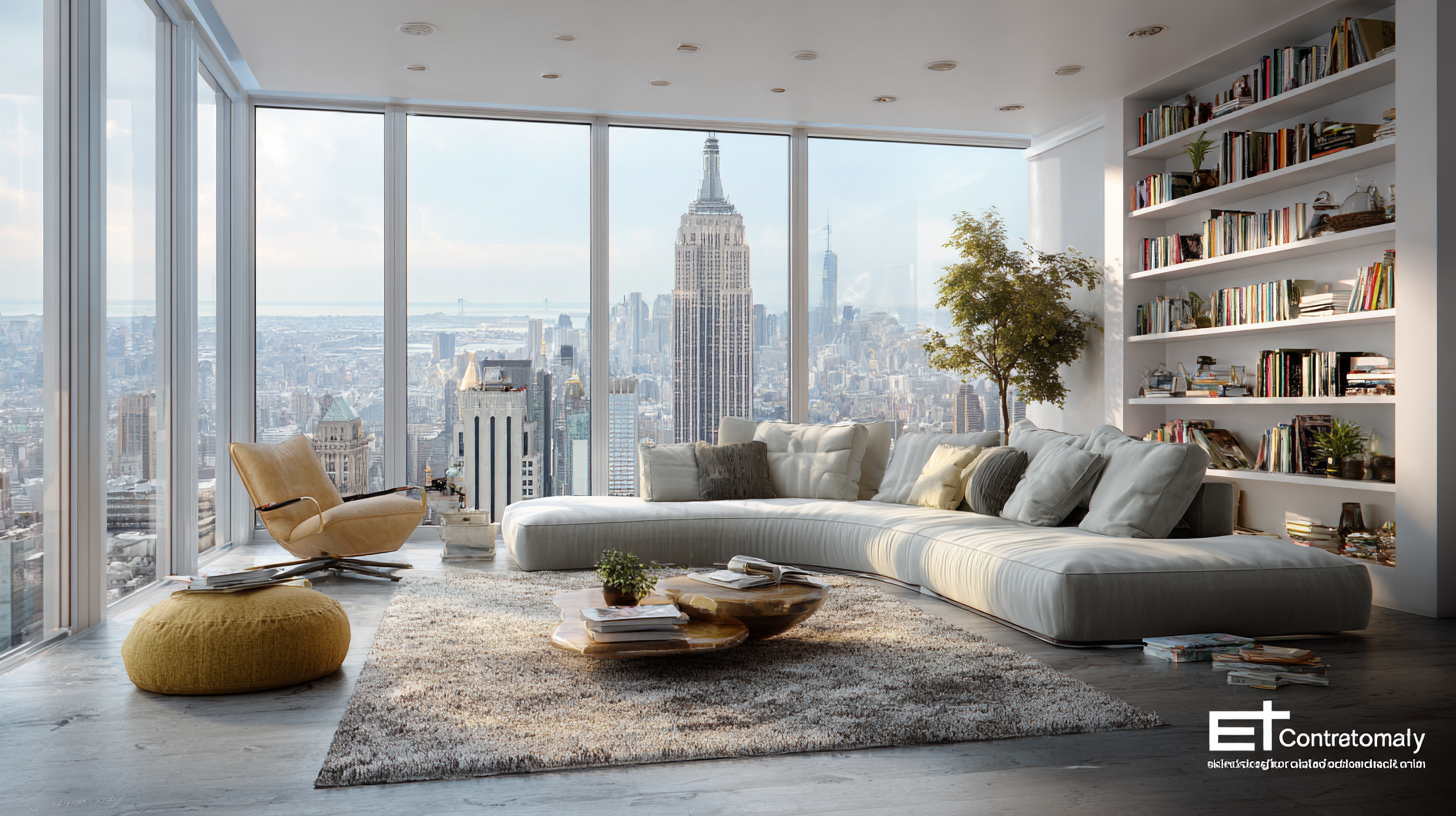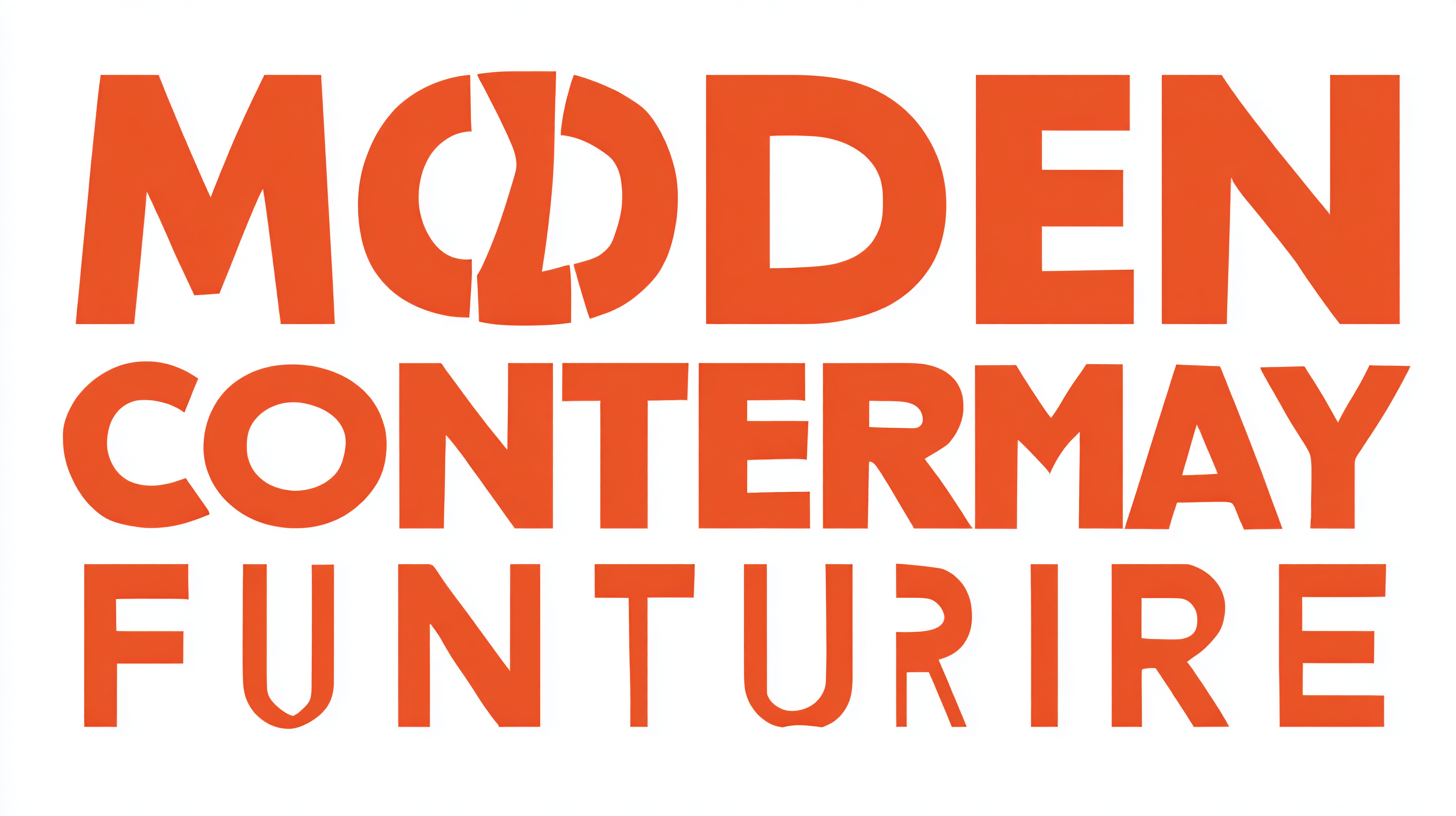Navigating the 2025 Technology Trends in Best Modern Contemporary Furniture A Comprehensive Guide for Global Buyers
As we move towards 2025, the landscape of modern contemporary furniture is poised for significant transformation, driven by emerging technological trends and evolving consumer preferences. According to a recent report by Research and Markets, the global furniture market is expected to reach USD 650 billion by 2025, with modern contemporary furniture accounting for a substantial share due to its adaptability and aesthetic appeal. Additionally, a study by Statista highlights that nearly 62% of consumers prioritize sustainable materials and smart furniture solutions in their purchasing decisions, reflecting a growing emphasis on environmental consciousness and functionality. This comprehensive guide aims to navigate the intricate trends shaping modern contemporary furniture, offering global buyers critical insights to make informed comparisons and investment choices in this dynamic market.

The image above illustrates the evolving trends in modern contemporary furniture, combining style with functionality as we move towards 2025.
Understanding the 2025 Technology Trends Shaping Modern Contemporary Furniture Design
As we look towards 2025, technology is poised to revolutionize modern contemporary furniture design in unimaginable ways. Key trends include the integration of smart technology, sustainable materials, and 3D printing capabilities. These innovations not only enhance functionality but also cater to the aesthetic demands of consumers who seek unique and personalized experiences in their living spaces.
**Tip:** When selecting furniture, consider options equipped with smart features like voice control, app connectivity, or automated adjustments. These can significantly enhance your living experience, making your home more responsive to your lifestyle.
Sustainability remains a cornerstone of furniture design, with manufacturers increasingly turning to eco-friendly materials and production techniques. This shift is driven by consumer demand for responsible sourcing and reduced environmental impact.
**Tip:** When buying furniture, look for certifications like FSC (Forest Stewardship Council) or labels indicating recycled materials. This ensures that your choices contribute positively to the planet while still providing style and comfort. Embracing these 2025 technology trends will not only keep your home fashionable but also functional and environmentally conscious.

Exploring Sustainable Materials: The Future of Eco-Friendly Furniture Solutions
As we venture into 2025, the furniture industry is witnessing a significant shift towards sustainability, driven by both consumer demand and environmental necessity. Eco-friendly furniture solutions are no longer a niche market; instead, they are becoming integral to contemporary design. Designers are increasingly utilizing
sustainable materials, such as bamboo, reclaimed wood, and recycled metals, to craft stunning pieces that not only enhance home aesthetics but also contribute positively to the planet.
The transition to sustainable materials goes beyond mere aesthetics. It embodies a commitment to
reducing the carbon footprint and promoting eco-conscious living. For buyers, this means that when selecting modern furniture, they can now choose pieces that align with their values. Brands are innovating by incorporating
biodegradable materials and environmentally responsible manufacturing processes, ensuring that each purchase supports a healthier environment. By focusing on these advancements, global buyers can make informed decisions that reflect their commitment to sustainability while enjoying contemporary design at its finest.
Incorporating Smart Technology into Your Furniture Choices for a Modern Home
In today's rapidly evolving world, integrating smart technology into contemporary furniture design has become a hallmark of modern living. As buyers delving into the 2025 technology trends, it’s essential to consider how furniture can serve a dual purpose—not just as aesthetic pieces but also as functional components of a smart home. Imagine a sleek coffee table that doubles as a wireless charging station or a sofa that seamlessly connects to your smart devices for integrated sound systems. These innovations are not merely conveniences; they enhance our lifestyles, making everyday tasks more efficient.
Moreover, smart furniture offers greater versatility and adaptability, catering to the dynamic needs of a modern household. For instance, adjustable desks that can transition from sitting to standing at the touch of a button promote healthier work habits, while smart lighting integrated into furniture pieces can set the perfect ambiance for any occasion.
As global buyers, understanding these functionalities helps in making informed decisions that not only elevate the home’s aesthetic but also contribute to a more connected and efficient living space. Investing in such furniture means embracing a lifestyle that prioritizes comfort, sustainability, and advanced technology, setting the stage for a truly modern home environment.
Global Sourcing Strategies: Finding the Best Furniture Manufacturers Worldwide
In the ever-evolving landscape of modern contemporary furniture, global sourcing strategies have become paramount for buyers aiming to find the best manufacturers worldwide. With technological advancements altering the production and distribution processes, it is crucial for buyers to stay informed about innovative sourcing methods. Leveraging digital platforms and marketplaces allows businesses to connect with a diverse range of manufacturers, facilitating seamless communication and streamlined procurement processes. By embracing these tools, buyers can access vital information about manufacturer capabilities, pricing, and lead times, fostering a more efficient sourcing strategy.
Moreover, understanding regional manufacturing trends can greatly enhance a buyer’s ability to select the right partners. Different regions bring unique strengths—be it craftsmanship, sustainability practices, or technological integration in manufacturing. For instance, Scandinavian design focuses on minimalism and functionality, often employing eco-friendly materials, while Asian manufacturers might excel in intricate craftsmanship and affordability. By aligning sourcing decisions with regional specialties, buyers not only enhance their product offerings but also contribute to sustainable practices in the industry. Connecting with local artisans and leveraging global networks thus enables buyers to build a robust portfolio of contemporary furniture that caters to diverse market tastes and demands.
Navigating the 2025 Technology Trends in Best Modern Contemporary Furniture
This bar chart illustrates the trends in contemporary furniture for 2025, focusing on the percentage popularity of different features among global consumers. Sustainable materials lead the trend, followed by smart furniture and multifunctional designs. The data provides insight into what buyers are looking for in modern furniture.
Identifying Key Aesthetic Trends: Color Palettes and Styles for 2025 Furniture Design
As we look toward 2025, the aesthetic trends in furniture design are heavily influenced by functionality, sustainability, and the embrace of bold, vibrant colors. Interior spaces are shifting to prioritize comfort-oriented layouts that encourage relaxation and well-being. Textured walls and rounded furniture are emerging as key elements, creating soft, inviting atmospheres. Furthermore, the incorporation of smart home technology continues to revolutionize the way we interact with our living spaces, making multi-functional furniture more desirable than ever.

Color palettes are also expected to take center stage in 2025, with promising tones such as “wine red” gaining popularity among design enthusiasts. Designers are advocating for a move away from the all-white aesthetic toward richer hues that add depth and character to interiors. To stay ahead in the game, buyers should consider these tips: opt for furniture pieces that combine bold colors with sustainable materials, and explore designs that offer functionality while still making a strong aesthetic statement.
As the trends evolve, creating pockets of sanctuary within homes has become essential. Using a mix of colors and textures can help establish distinct areas that promote relaxation and peace. For those planning their purchases for 2025, investing in multifunctional and aesthetically pleasing items will ensure your space is both stylish and practical, enhancing the overall living experience.

